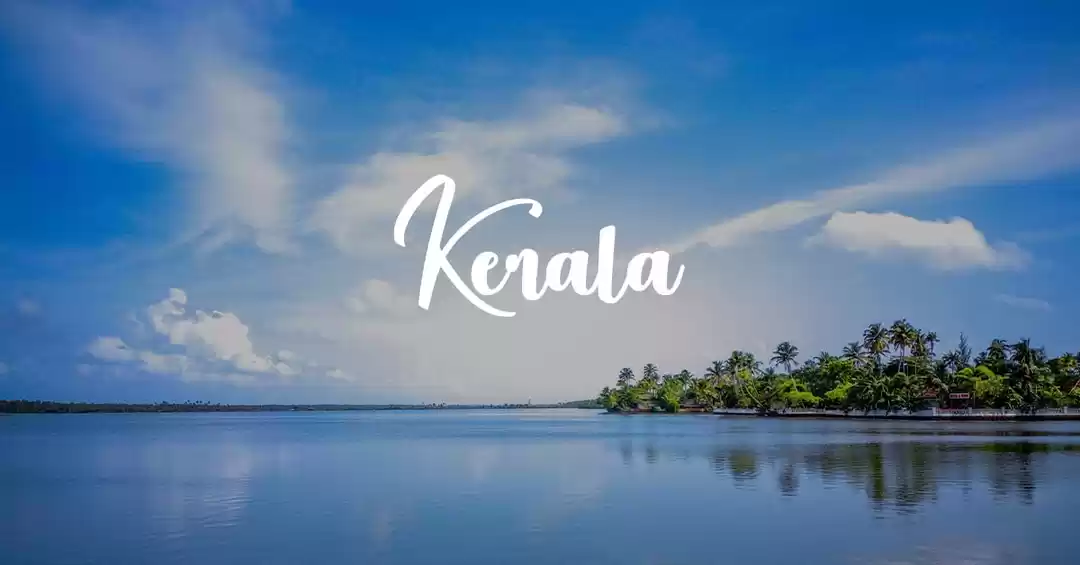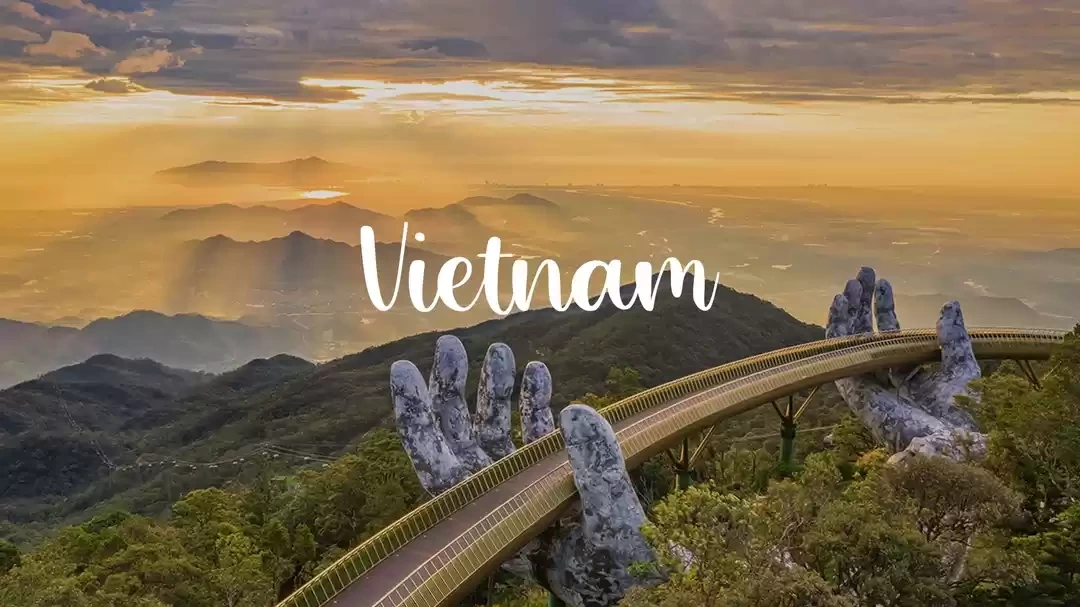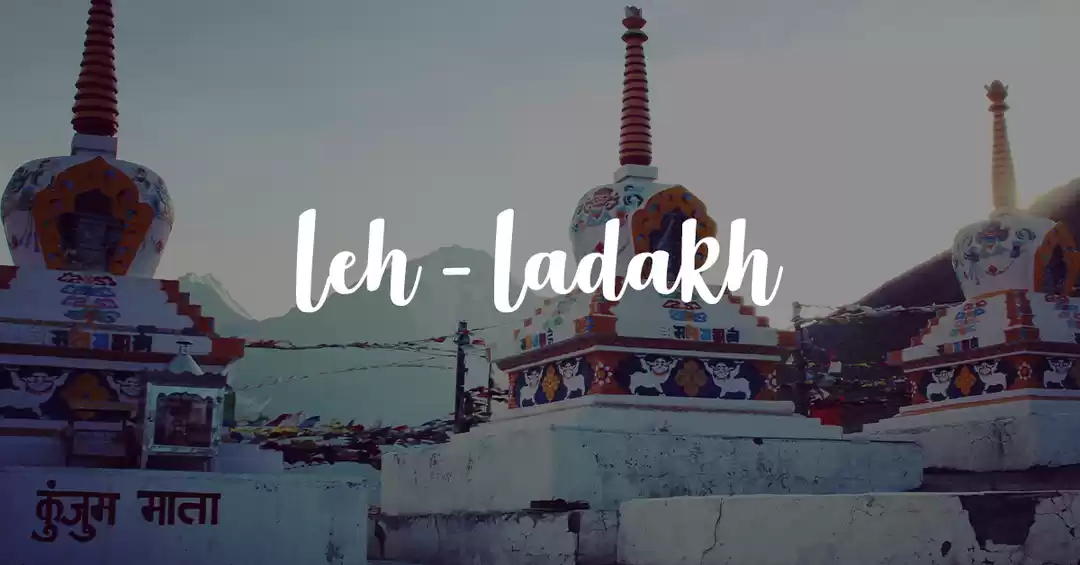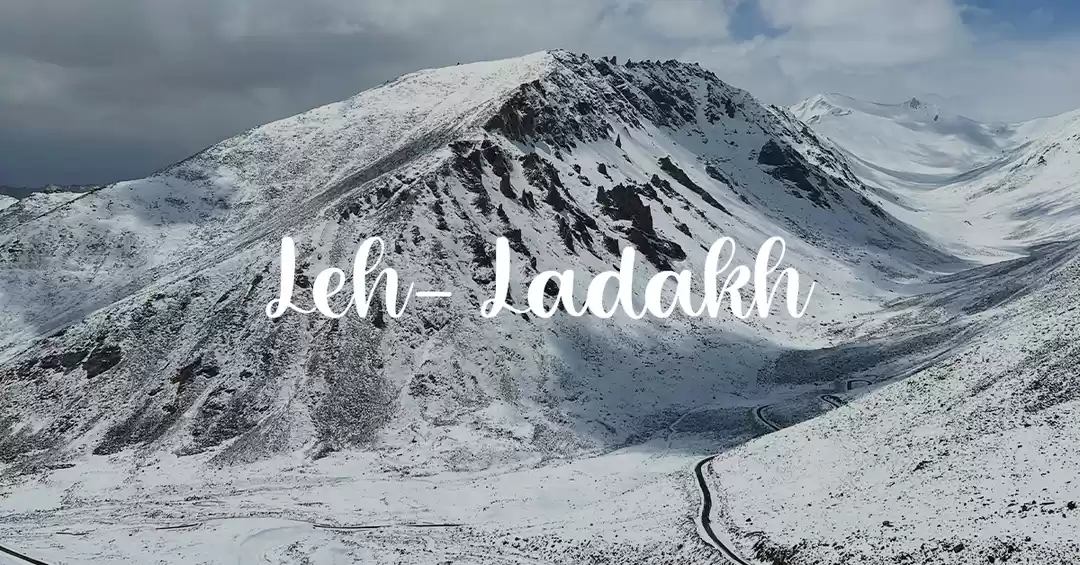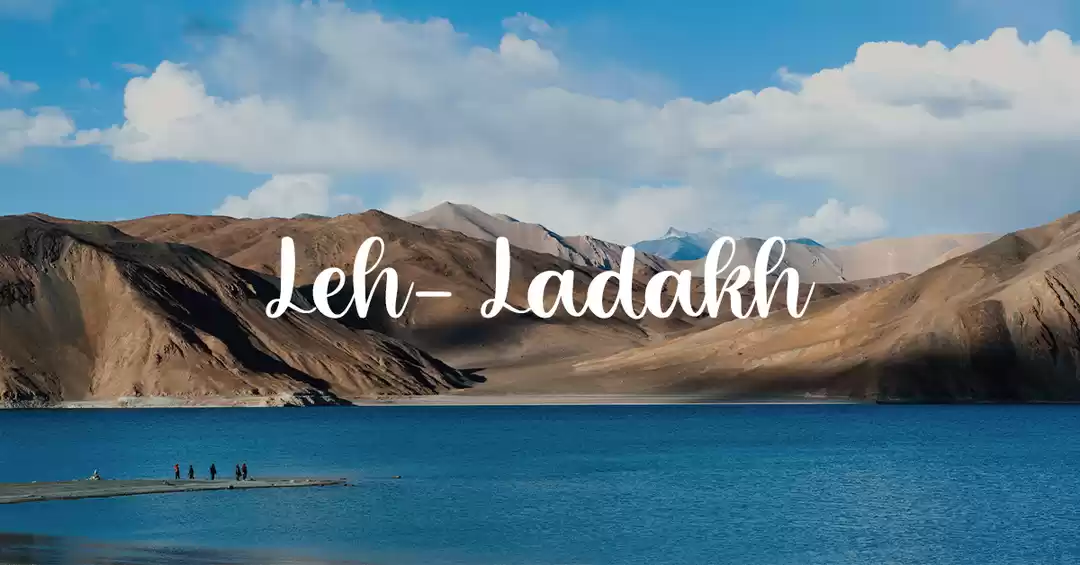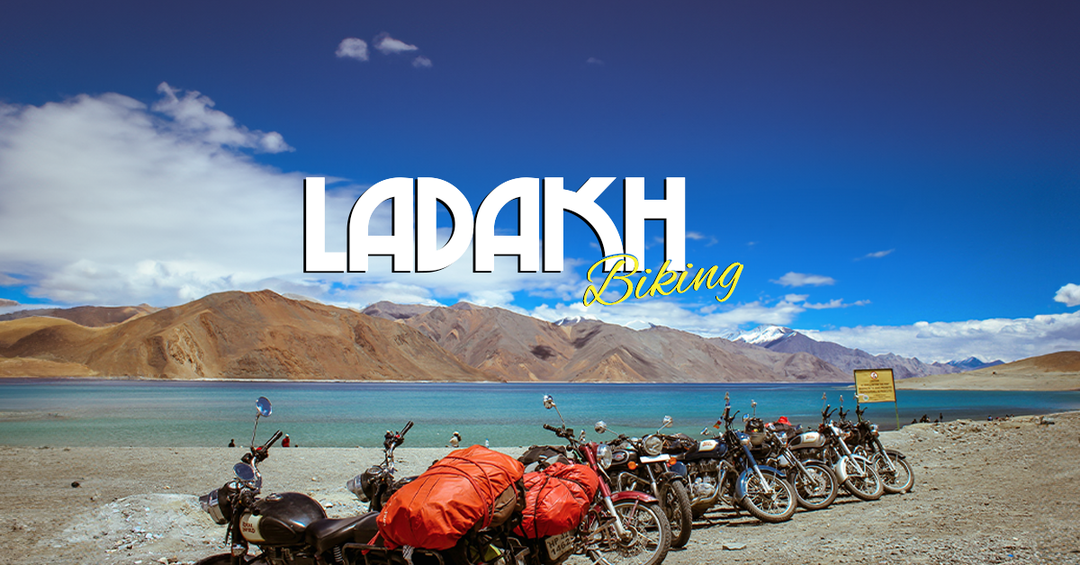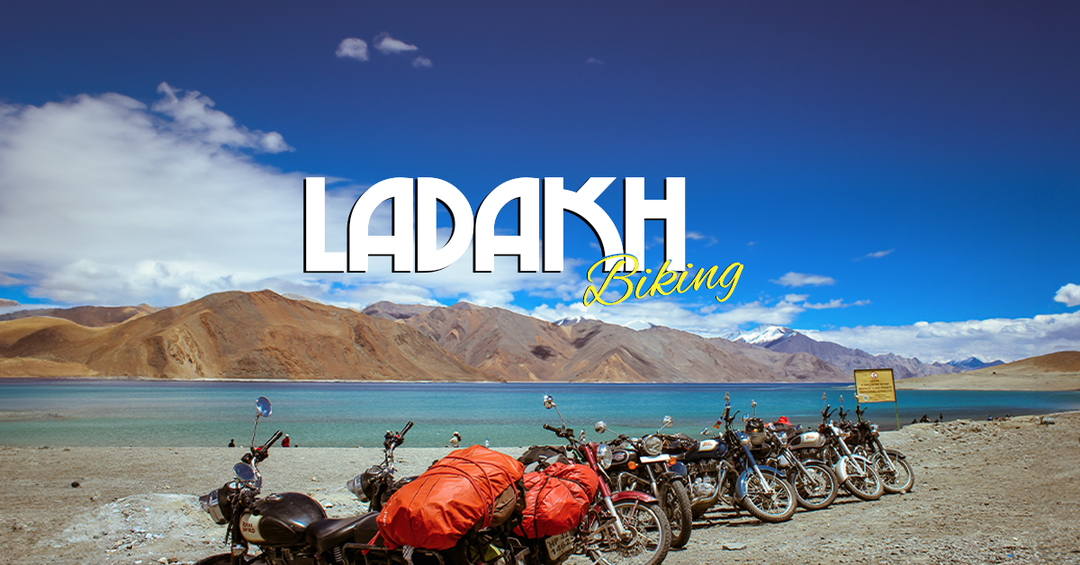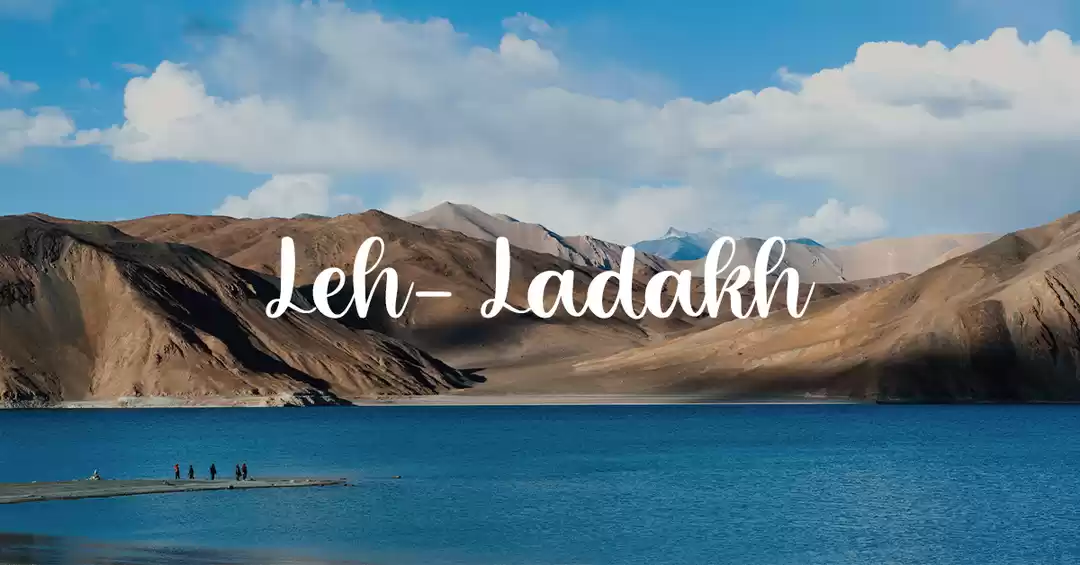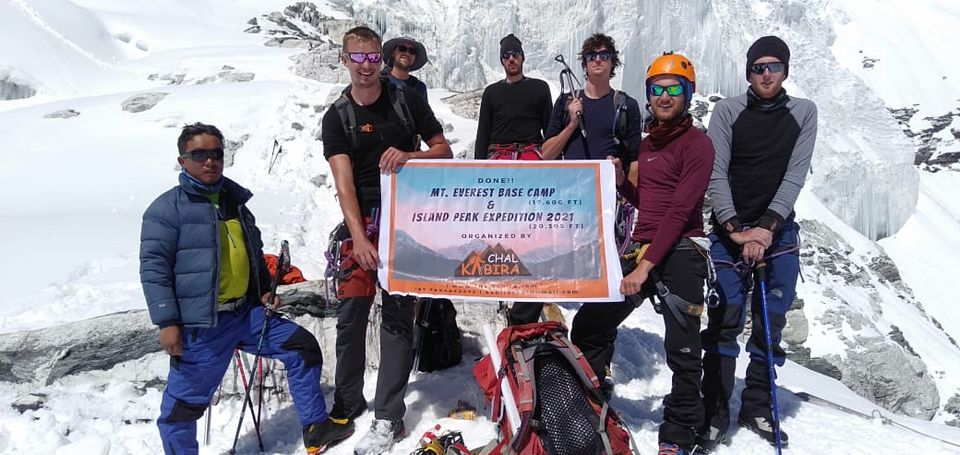
Overview
Island Peak - Locally known as Imja Tse, Island Peak is a spectacular peak amid the giants of the Himalaya. Tucked away up the Chukkung valley this beautiful mountain does indeed look like an island which is dwarfed on both sides by the stupendous Lhotse/Nuptse South Wall to the north and Baruntse to the south. The views from the top of this mountain are truly wonderful, and all the more memorable for a spectacular airy ridge climb to the top.
For experienced trekkers who want to try their hand at mountain climbing, or less-experienced climbers looking for a good challenge, Island Peak (6,189 m / 20,305 feet) is the perfect option in the Himalaya. The climb is challenging but not too technical. The spectacular trek to Island Peak follows much of the classic Everest Base Camp trek, and the panoramic views from the peak of the highest mountains in the world are unforgettable.
If you have dreamed of climbing a technical 6000 metre Himalayan summit then this famous mountain may answer your wishes. It was actually a training peak used by Edmund Hillary and Sherpa Tenzing in 1953 and the route they discovered is the same one that is used today. In fact Island Peak is still a popular training peak for clients attempting Mount Everest because a lot of the skills required - crossing crevasses with ladders, using jumars on a fixed line - are the same.
During the trip, you will learn and use many skills in safe travel on mountains at high altitude including glacier travel, scrambling and moving on mixed snow and ice terrain. Good alpine skills are a requirement for this trip and if not possible to learn these before you join us them you will have plenty of time to learn and practice them before reaching Island Peak. The summit day on Island Peak does involve crossing a crevassed glacier using a climbing rope, negotiating some ladders across crevasses, using a jumar to ascend a fixed line and then a descender to come back down again (there is no top rope on the abseil) and negotiating a narrow exposed ridge to the summit.
Terrain on the Island Peak - The ascent of Island Peak is mostly non-technical, and there will be time at base camp to refresh or learn new skills. Some prior snow climbing skills are needed. The summit attempt will be early in the morning. It is a challenging climb, and the altitude keeps the pace slow. But the views of Everest, Nuptse (7,879 m), Lhotse (8,501 m), Makalu (8,475 m), Baruntse (7,129 m), Amadablam (6,812 m) and other peaks make it a worthwhile and memorable expedition.
While the challenge of climbing any peak shouldn’t be taken lightly, Island Peak doesn’t require advanced climbing skills. Therefore, it’s an ideal first climb for experienced trekkers and novice mountain climbers.
The walk in initially follows the main Everest Base Camp trek and is on a well-trodden path all the way though this can be rocky and uneven in parts. Once on the mountain itself there will be scrambling on quite loose rock to 'crampon point' at the snow line. This is done in the dark from a 4am start on the ascent and often requires the use of hands to assist. There are some steep drops and the path follows a circuitous route through the scree and bottom rock formations.
Everest Base Camp - Everest Base Camp is on the bucket list of every travel enthusiast. Each year, Everest Base Camp at the height of 5365 meters is trekked by more than 35,000 people. The trek has become an achievable goal for people from all walks of life and is an amalgamation of spectacular scenery, cultural interaction and physical challenges. The personal sense of achievement makes this trek one of the most unforgettable experiences.
Everest trek goes through the adventure villages in the Everest region which is popularly known as the Khumbu region. Taking part in a trekking holiday allows you access to remote areas and villages, to the mountains and to a culture so different to our own, one that has changed little over the years and whose customs have been passed down through generations. Trekkers can experience their friendliness at first hand and have the opportunity to see and try to understand a little of this culture so different to our own.
The trek is conducted at a reasonably relaxed pace along rough but well laid trails taking into account the altitude, allowing ample time to photograph the magnificent scenery and observe the wildlife and to meet the people. Rest days are included to assist our acclimatization as we climb higher into the mountains.
On this trip you will take on the challenge of reaching the mountaineer's base camp and gain an insight into the world-famous Sherpa culture. You will cross glaciers and broad plains, traverse valleys and climb high passes to reach the picturesque Everest Base Camp.
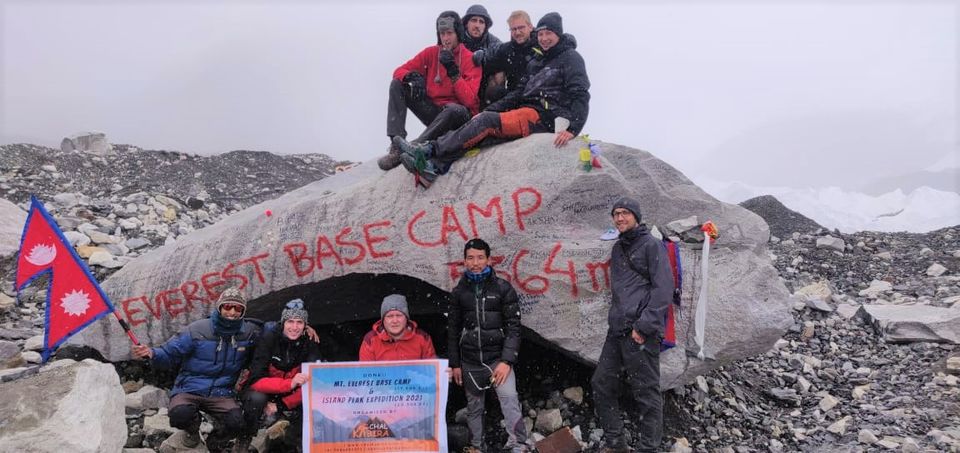
Itinerary
Day 1 : Arrival in Kathmandu (1334m.) and transfer to the hotel.
Day 2 : Scenic flight to Lukla (45 minutes) and trek to Phakding (2,652m. /4-5 hours trekking/ 8km approx.).
Day 3 : Phakding to Namche Bazar (3,440m. /5-6 hours trekking/ 10km approx.).
Day 4 : Acclimatization at Namche Bazaar.
Day 5 : Trek to Tengboche (3870m./5-6 hours trekking/ 10km approx.).
Day 6 : Trek to Dingboche (4360m./5-6 hours trekking/ 8km approx.).
Day 7 : Acclimatization at Dingboche.
Day 8 : Trek to Lobuche (4940m./ 5-6 hours trekking/ 7km approx.).
Day 9 : Lobuche to Gorakshep (5170m.)- Everest Base Camp (5364m.) and trek back to Gorakshep (7-8 hours trekking. / 15km approx.).
Day 10 : Gorakshep to Kalapathar (5545m.) and trek to Dingboche (4280m./ 6-7 hours trek/ 15km trekking).
Day 11 : Trek back to Chukhung (4730m./ 3-4 hours trekking).
Day 12 : Hike to Island Base Camp (5200m./ 4-5 hours trekking) and do ice climbing training.
Day 13 : Summit Island (6187m.) and back to Chukhung (4730m./10-12 hours)
Day 14 : Dingboche to Namche Bazaar (3440m./ 6-7 hours trekking)
Day 15: Namche Bazaar to Lukla (2880m./ 6 hours Trekking)
Day 16: Fly from Lukla/ Ramechapp, drive to Kathmandu.
Day 17 : Departure from Kathmandu
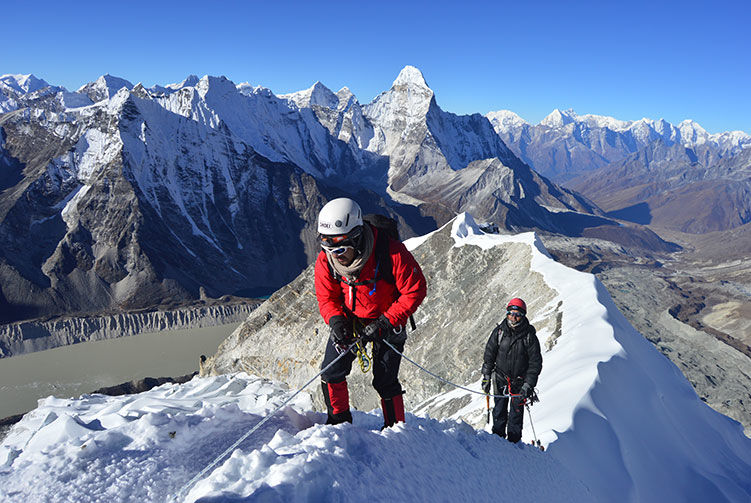
About the climb
From crampon point the route is on snow and there are numerous crevasses to cross and you will be roped up in groups of three or four on glaciated ground. Some of the crevasses are deep and there will be ladders to negotiate, which are not difficult but do require care and alertness. The route is normally well marked, and groups only follow one designated 'path' on the glacier because there is a danger of falling into slots or hidden crevasses if you stray too far.
At the base of the headwall you will move onto the fixed lines which need to be checked for their robustness. The anchors are normally strong and every thirty meters or so, but especially in the afternoon they can become loose. The lines themselves are normally polyprop (not kernmantle) and can get icy and slip through jumars. The gradient is around 40 degrees at it's steepest but averages less than that. There are plenty of places to rest for a bit, and the whole headwall of 300 metres normally takes about an hour and a half. Quite often you can find yourself behind other parties, which slows things down.
There are normally 'up and down' lines on the headwall, but people get confused and so it is important to check which line you are using and if it is clear, and to make sure there are not other people pulling on one anchor. Climb without hauling on the jumar, it is a safety aid and hauling back on the rope is generally bad practise. The route nowadays is normally hard ice so your crampons points need to be sharp, but you can also get soft snow with big buckets to negotiate.
Inclusions
* Airport pick up and drop off by a private vehicle and Assistance at the international airport by Chal Kabira while arriving and departing in Kathmandu.
* 2 nights' hotel in Kathmandu at 3-star category hotel with breakfast on twin/double sharing basis.
* Kathmandu - Lukla - Kathmandu domestic airline tickets including all airline taxes, fuel surcharges and departure taxes for all climbing member, Sherpa guide, liaison officer and kitchen staff.
* Accommodation in tea houses / lodges along the trek as per the itinerary.
* Arrival and departure transfer services to and from both domestic and international flight as per itinerary.
* All the permits needed for the peak climbing and trek, Climbing route permits, Nepal Royalty Fees & also
* Everest National Park Entry Permit for all members.
* Trek Information Management System[TIMS] registration card.
* An experienced climbing and high altitude trekking guide with meals, accommodation, salary and insurance.
* One porter per two trekkers and his all expenses.
* Meals (16 breakfasts, 15 lunches and 15 dinners) at tea lodge during the trekking.
* 3 fresh meals a day: Breakfast, lunch and dinner will be served at advanced base camp.
* All trekking and mountaineering equipment like: Kitchen tent, storage tent, dining tent, toilet tents, tables, chairs, and cooking utensils for advanced base camp and camp II.
* All food and fuel for base camp and higher camps during the expedition for clients and staff.
* Common climbing equipment (necessary fixed and main rope, ice bars, ice screws, snow bar etc)
* Services of chef and kitchen assistant at base camp
* First Aid Medical Kit.
* Oximeter to check pulse, heart rate and oxygen saturation at higher altitude.
* Necessary paper works, all government and local permissions.
* Luggage Charges for keeping Luggage when you are on the trail.
* Daily weather report services from Seattle, Washington based company.
* All wages, equipment, medical and accidental insurances for all involved staff during trekking and expedition periods.
* Equipment allowances and wages for climbing Sherpa’s, chefs, kitchen assistants.
* Equipment allowances and wages for government liaison officer. .
* Appropriate food for high altitude and at base camp and above as required.
* Required fixed and dynamic rope during the climbing period.
* Solar panel for light and battery charging.
* Sherpa tents, food for climbing, and insurance for staff.
* Helicopter rescue insurance for high altitude climbing Sherpa guide, chef and staff.
* Transportation of food supply from base camp from Kathmandu (Cargo to Lukla and then by porter/Yaks to base camp).
* Our service charge and government taxes levied in Nepal.
* Complete pre-departure information.
* Visa extension procedure services (if necessary).
* Farewell dinner in a typical Nepali restaurant with domestic culture show in Kathmandu.
* Chal Kabira t-shirt/pashmina, brochure.
Exclusions
* 5% GST.
* Meals for all days for all times, except breakfast in Kathmandu
* Travel from India to Nepal and Back.
* Personal expenses like bar bills, shopping, sim card, mobile charging, Wifi, Hot Water, Hot Shower, etc.
* Optional Add-on - Porter available, Tips to Guide/ Porter.
* Costs arising from natural calamities, mishaps or anything beyond our control (Costs are not refundable and transferable in any mean if you leave the trek voluntarily and want to return from the trek).
* Anything not mentioned in inclusions.
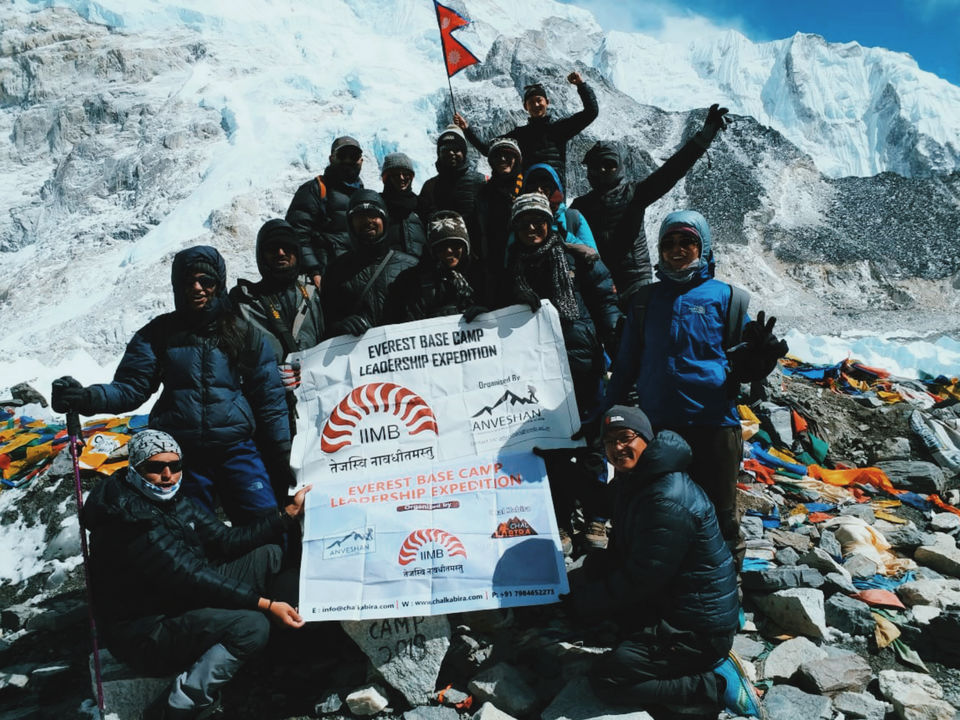
Why Chal Kabira?
* Travel with India`s largest "B-schools Travel community". Over 5000+ IIM students/Alumni, Corporate leaders from India`s Leading companies, Start-up teams and their founders and other Travelers/Groups have trusted us for their holidays.
* 8+ years experience in Operating Treks and Tours in the 'Himalayas'.
* We are India`s one of the largest operators for treks in Nepal. 1000+ First timers trekkers have trekked with us successfully in last few years.
* Personal involvement - We plan everything by our own.
* Local & certifies Ops team.
* Facilitated equipment rentals.
* Smaller groups.
* Quality equipment for safety and all weather expeditions.
* Adherence to ethics.
* Guaranteed Departures.
* Competitive Prices.
* Team of destinations experts.
* 99% success rate.



